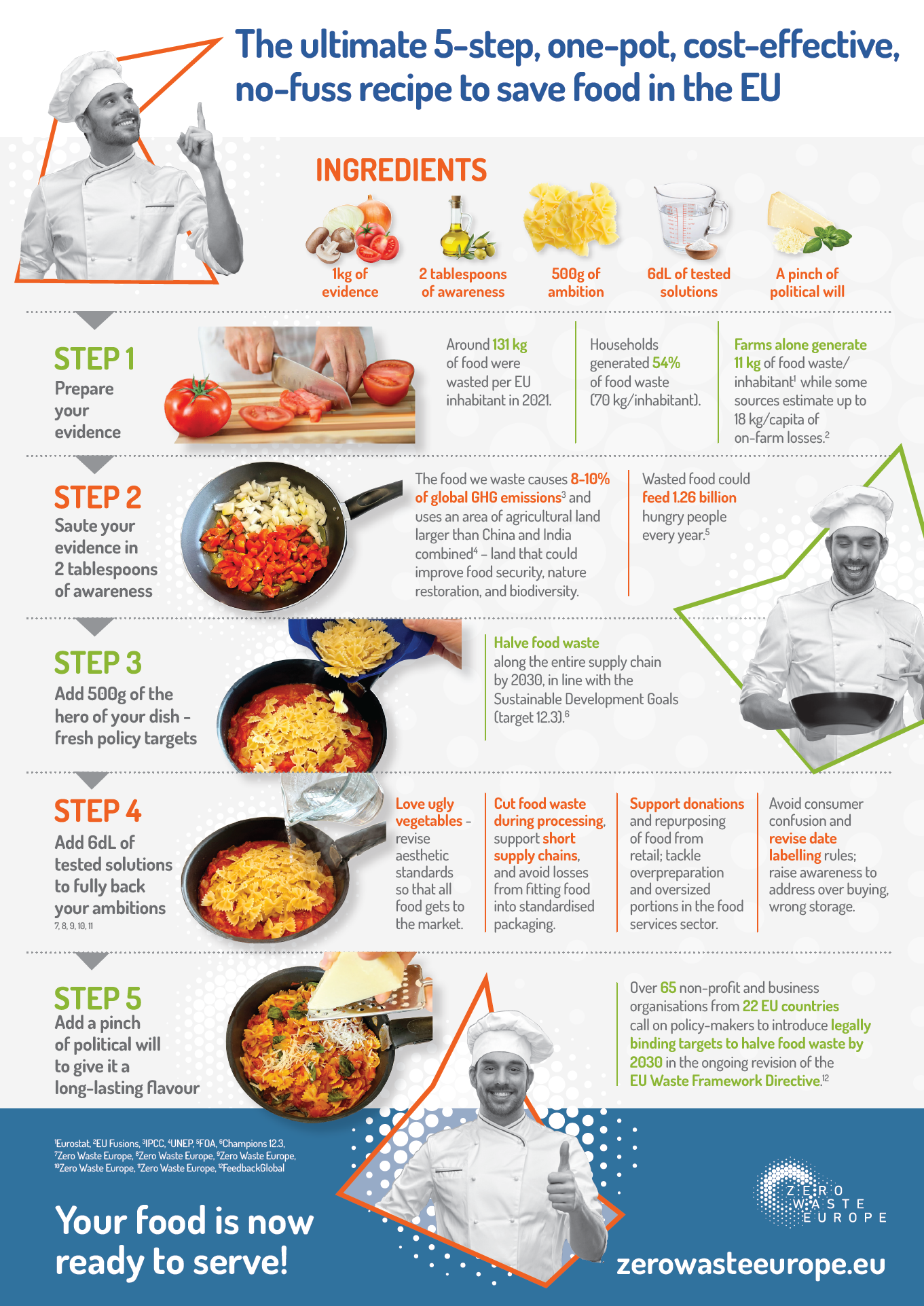
Over 58 million tonnes of food are wasted annually in the EU, with losses happening across the entire supply chain – a waste stream that not only causes between 8-10% of global GHG emissions, but also could be put to much better use on people’s plates.
This infographic makes a compelling case for halving food waste in the EU by 2030, presented as a delicious legislative (and culinary) recipe!
Available in English.
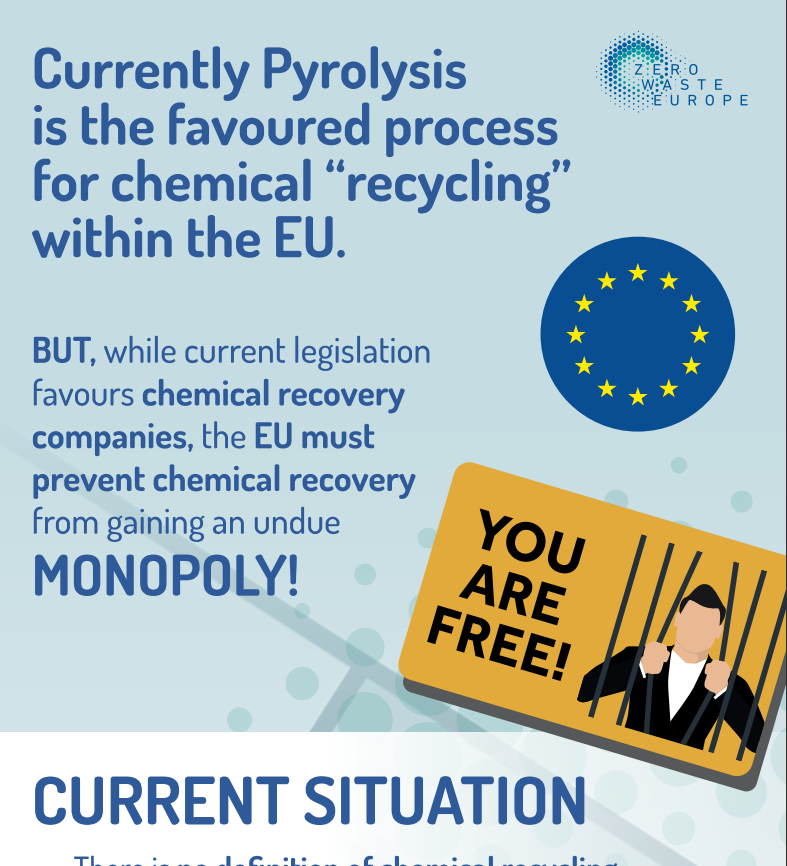
Pyrolysis oil is the favoured process for chemical “recycling” within the EU. However, the rules governing it may result in an unfair monopoly for chemical recycling companies. This infographic makes a compelling case for an EU-wide definition of chemical recycling, and demonstrates how the technology gains an advantage over traditional recycling methods.
Available in English.

There is a consensus that having recycled content obligations in plastic is key to foster the circularity of this material. However, the way to calculate this content is still a major point of discussion.
This infographic presents the rules that must be put in place to ensure real and concrete circularity of this material, benefitting the environment and preventing greenwashing practices.
Available in English, Estonian, French, and Spanish.

For every ultra-fast fashion model, there is a sustainable one waiting to break the system. We can make them norm by supporting zero waste fashion business models.
Our infographic shows the full process and benefits of a zero waste fashion business model, as well as the major differences when compared to a linear model.
This material is complementary to Zero Waste Europe’s “Beyond circular fashion – a new business model for the fashion industry” report, published in January 2023.
Available in English, Croatian, Estonian, French, Montenegrin, Spanish and Italian.

The overall production of packaging and generation of packaging waste has been steadily growing over the past 20 years. These infographics, produced as part of our #GETBACK campaign, compile evidence of the aspects of packaging pollution and demonstrates how solving the packaging issue can help tackle other major world problems.
Available in English.
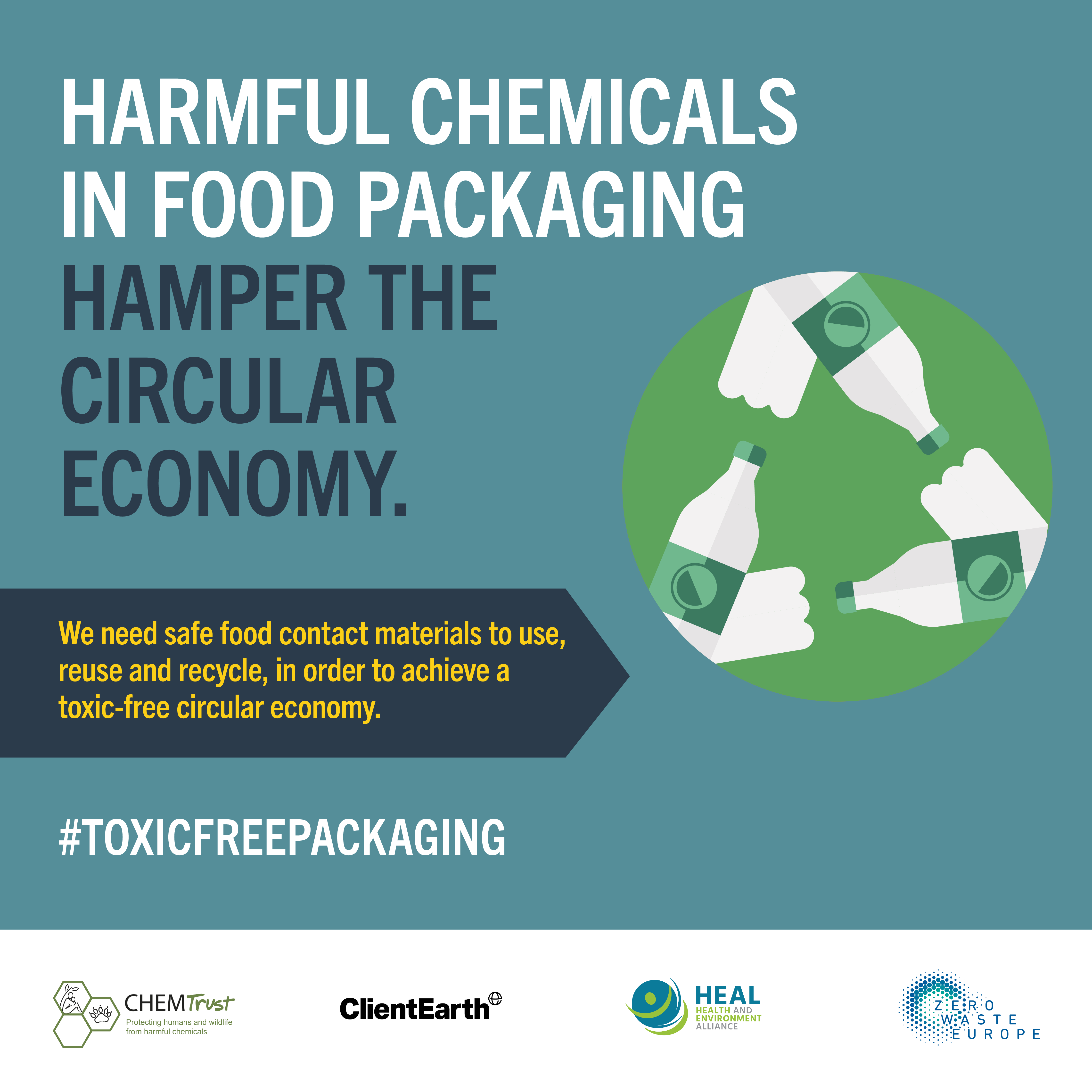
The Health and Environment Alliance (HEAL), Zero Waste Europe, CHEM Trust and ClientEarth have joined forces to illustrate how harmful chemicals in food packaging can hamper the circular economy and put our health at risk.
Recycling food packaging can be an important part of achieving a circular economy in the European Union. But recycled materials can still contain chemicals that may contribute to cancer, reproductive disorders and hormone disruption. The infographic launched today visualizes why we need more preventive EU regulations to ensure food contact materials are safe to use, reuse and recycle, in order to achieve a toxic-free circular economy.
Available in English

The Health and Environment Alliance (HEAL), Zero Waste Europe, the European Consumer Organisation BEUC, CHEM Trust and ClientEarth have joined hands to bust some of the most popular myths surrounding chemicals used in food contact materials. Our latest infographic illustrates how the chemicals used in the production, processing, preparation, and packaging of food may put our health at risk.
Available in English
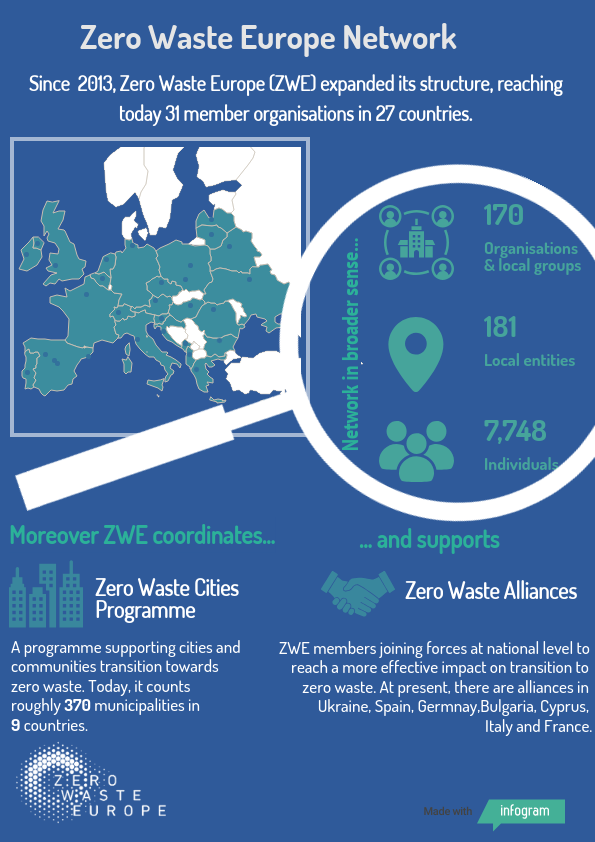
How big is Zero Waste Europe Network? How many are we? and what Network means in a broader sense? Find it out in our new infographic!
Available in English
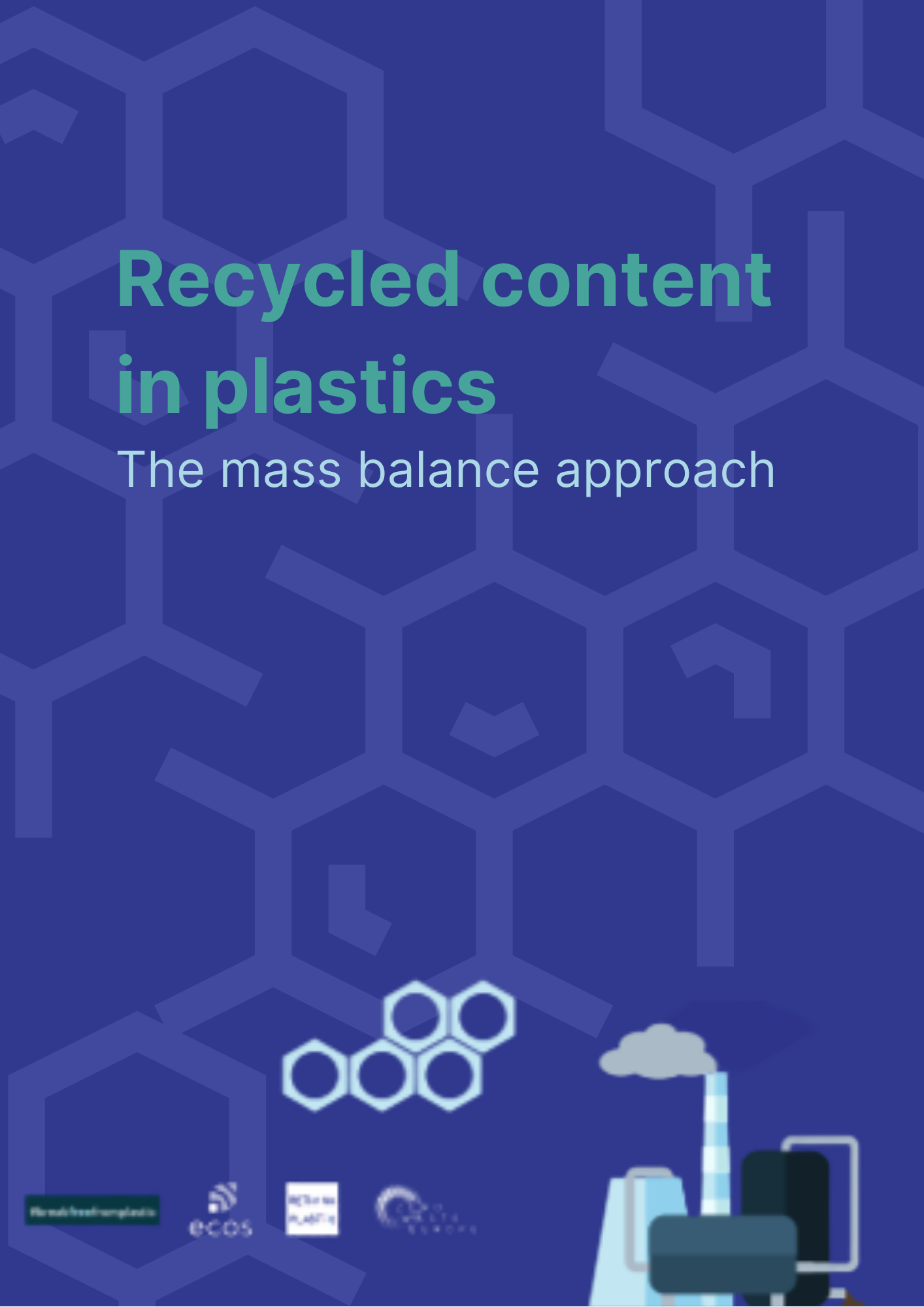
If the label on the bottle in your hand said it was made from recycled plastic, would you believe it? Depending on the method behind the claim, the bottle might contain little to no recycled content at all.
This booklet presents infographic renditions of the recommendations from the “Determining recycled content with the ‘mass balance approach’ – 10 recommendations for development of methods and standards” position paper, originally published on January 2021.
Available in English
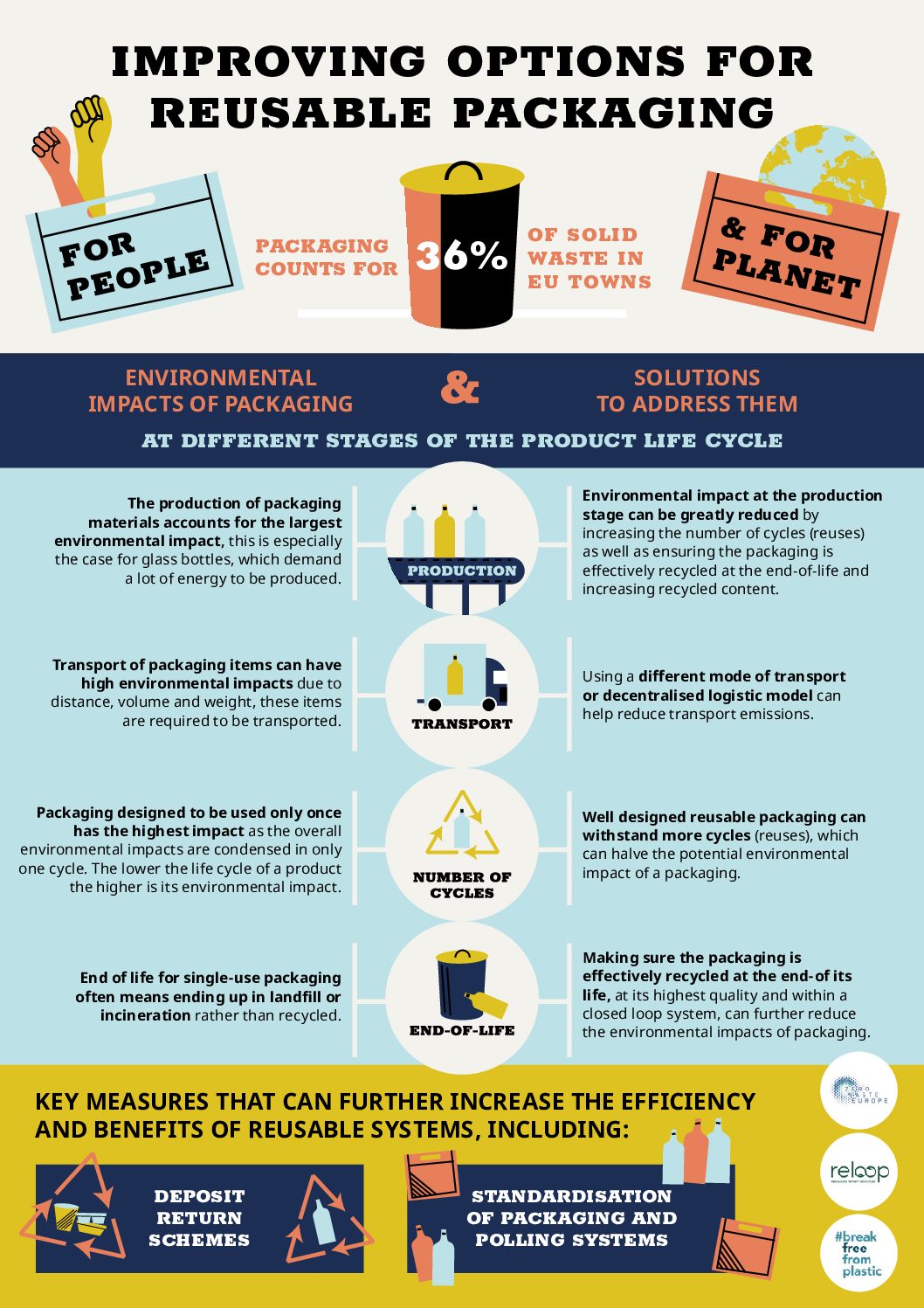
Together with the University of Utrecht and Reloop we released a report highlighting that reusable packaging produces far fewer carbon emissions than their single-use counterparts. Read the report’s key findings in our infographic.
Available in English & Hungarian
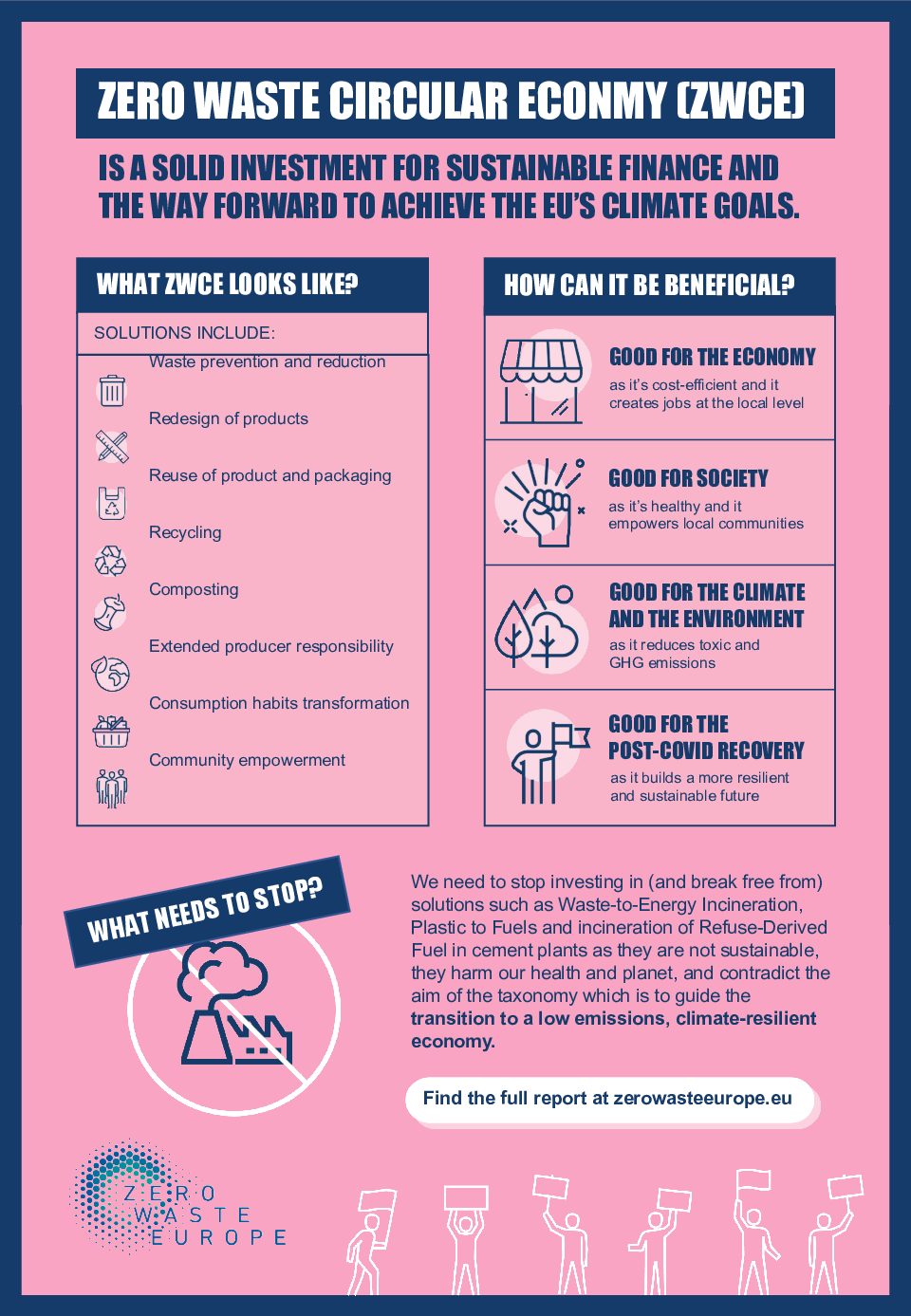
What is a Zero Waste Circular Economy (ZWCE)? And how it could be beneficial for our society, the environment and climate, the economy and the post-COVID-19 recovery? Discover it in our infographic and read the full report here.
Available in English










